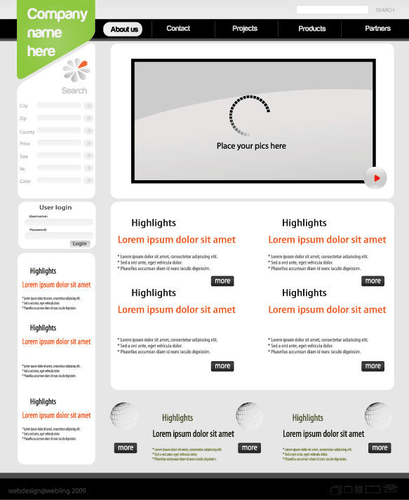
The cost of starting a business will vary depending on the size and type of company you want to create. For example, a home-based business will be less expensive to start than a brick-and-mortar store. Additionally, the cost of starting a business will increase if you need to rent or buy commercial space, hire employees or purchase inventory. You could potentially get started for free by dropshipping or selling digital goods.
Managerial Accounting vs. Financial Accounting

In fact, it is hard to think of a profession where a foundation in the principles of accounting would not be beneficial. Therefore, one of the goals of this course is to provide a solid understanding of how financial information is prepared and used in the workplace, regardless of your particular career path. Unlike managerial accounting financial accounting, managerial accountants don’t always adhere strictly to financial accounting standards. Constraint analysis indicates the limitations within a sales process or production line. Managerial accountants find out where the constraints occur and calculate the impact on cash flow, profit and revenue.
- This can be done by expanding your marketing efforts, improving your product or service, collaborating with other creators or adding new products or services that complement what you already offer.
- Managerial accounting only exists to help make these decisions much easier, accurate, and effective in relation to a company’s budget and achieving business objectives.
- This role ensures the accuracy of reports, manages the performance of other accountants, and allocates tasks among other accountants.
- Managerial accounting creates business forecasts and is used to make business decisions.
- Managerial accountants regularly calculate and manage “what-if” scenarios to help managers make decisions and plan for future business needs.
Budgeting, trend analysis, and forecasting
The first major component of internal accounting systems for management’s use is the company’s system for establishing budgetary plans and setting performance standards. The setting of performance standards (see below Performance reporting) also requires a system for measuring actual results and reporting differences between actual performance and the plans. Activity-based costing also de-emphasizes direct labor as a cost driver and concentrates instead on activities that drive costs, as the provision of a service or the production of a product component.
Best Accounting Software
Financial planning is a culmination of other techniques involved in achieving the internal goals of an organization. It involves the analysis of comparative financial statements and accounting ratios and the use of generated data to plan for the future. To provide as much beneficial information as possible, managerial accounting relies on a number of techniques. These techniques include forecasting, financial planning, and trend analysis, standard costing, budgetary control, funds flow analysis, and revaluation accounting. The management of a business makes use of the information to evaluate and analyze a company’s performance and financial position. It also uses the information to make better financial decisions and prioritize business operations around fulfilling financial goals in terms of profitability and cash flow.
- This type of analysis tells where the flow of cash is coming from and how it is being used within a business.
- Maria is the loan officer at a local bank that lends money to Old Town Market, a small grocery store.
- That level of the organization provides leadership and delegates day-to-day operation of the company to managers.
- Measuring and tracking performance using managerial accounting can help executive management make decisions in real-time.
- The main difference between managerial accounting and financial accounting is the parties for which they provide financial information.

This type of accounting uses data to help provide leaders with insight for strategic financial planning that aligns with that organization’s goals and business objectives. In managerial accounting, the main focus will be on financial decisions that affect the internal workings of a company. For example, managerial accountants may help leaders decide whether or not to raise the cost of goods and services.
What Are the Three Main Functions of Managerial Accounting?
The degree of complexity relative to these activities are dependent on the experience level and abilities of any one individual. There are a variety of ways to keep current and continue to build one’s knowledge base in the field of management accounting. Certified Management Accountants (CMAs) are required to achieve continuing education hours every year, similar to a Certified Public Accountant. A company may also have research and training materials available for use in a corporate owned library. This is more common in Fortune 500 companies who have the resources to fund this type of training medium. Managerial and financial accounting are used by every business, and there are important differences in their reporting functions.

